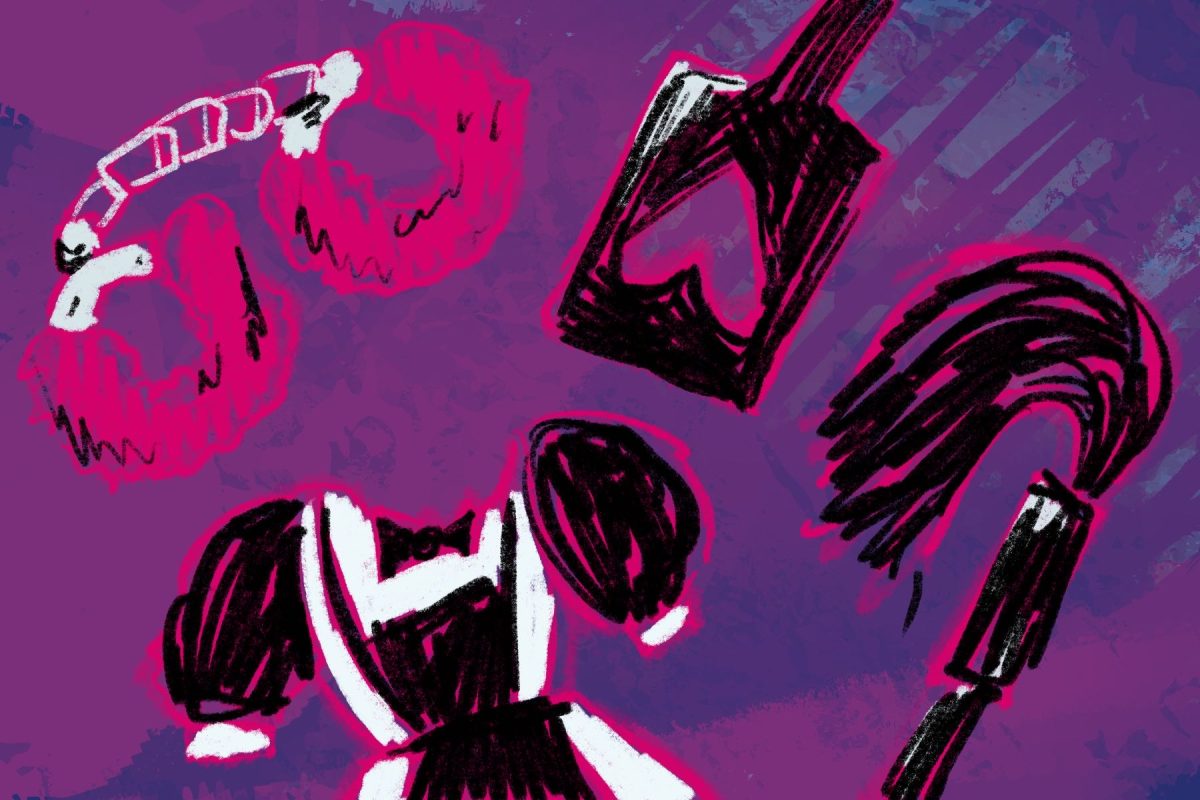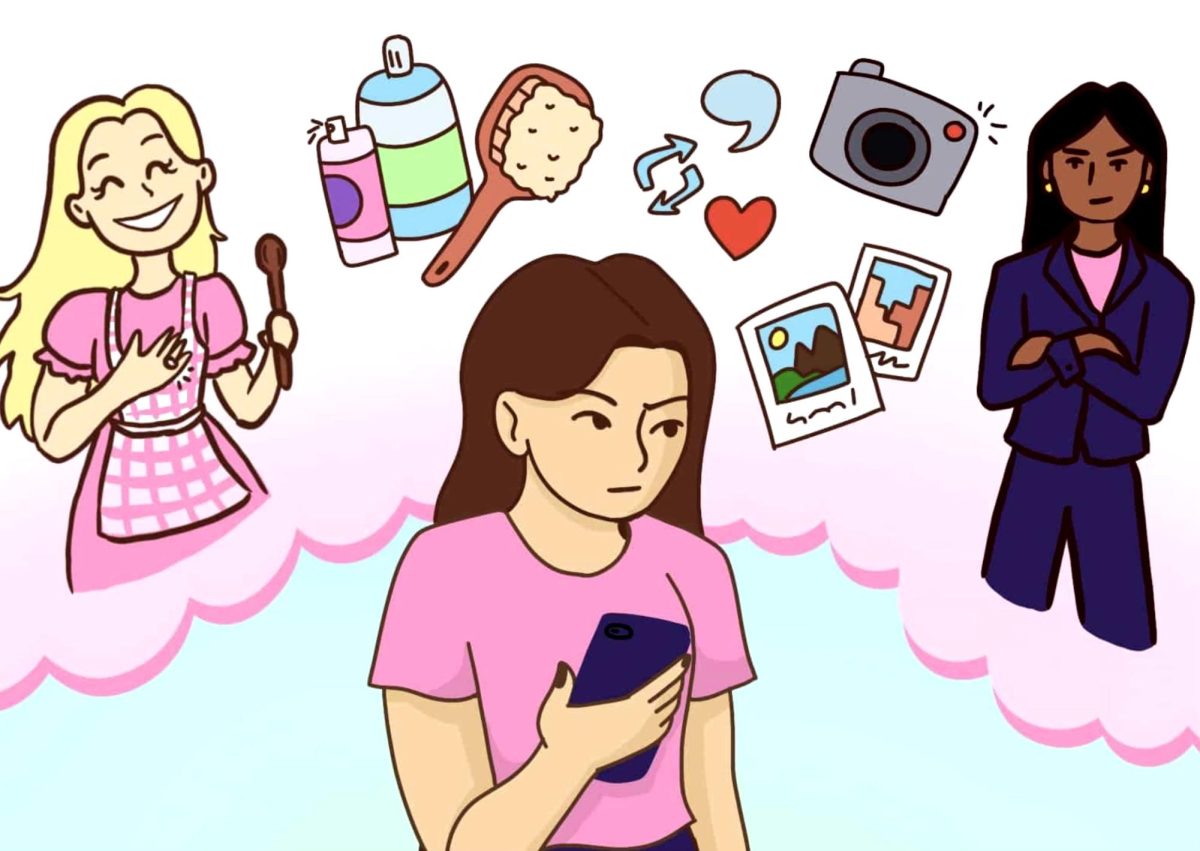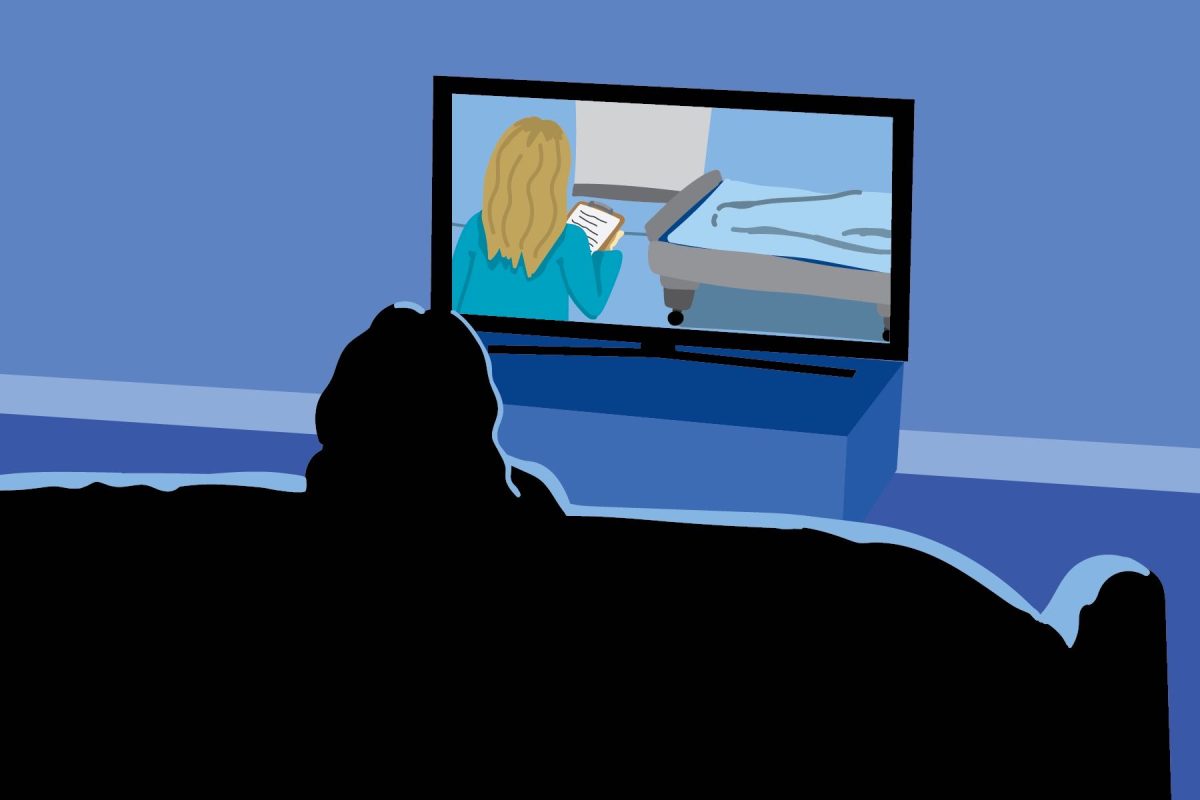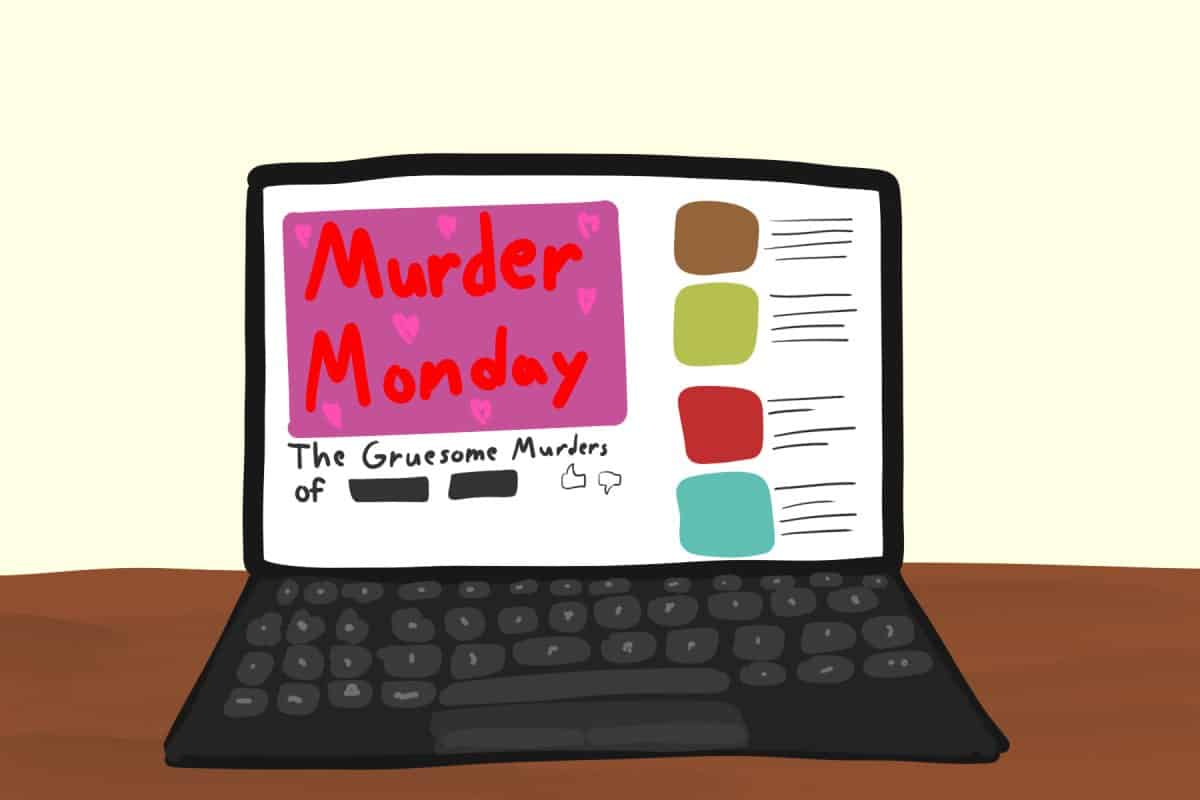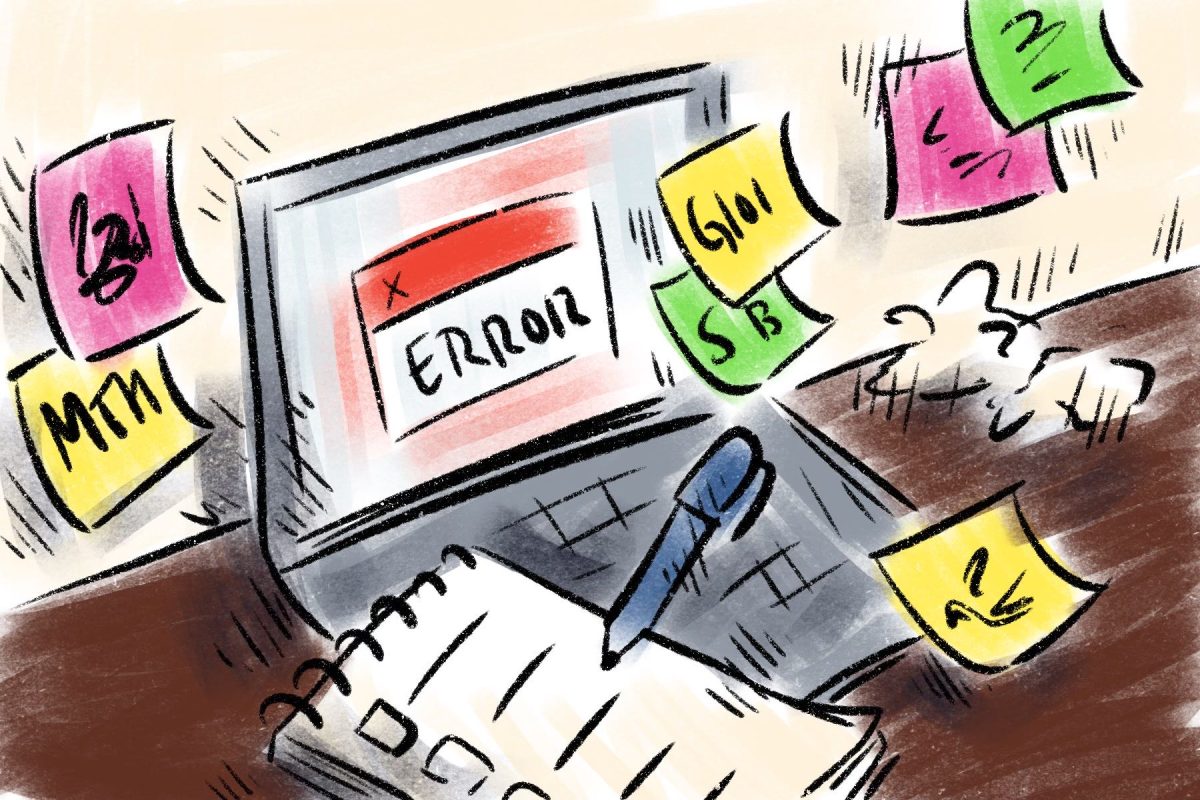The British have an obsession with the weather. I remember the six o’clock news at my grandparents’ house. It would be a family affair, all of us sprawled out in front of the television, waiting for a prediction of what tomorrow’s sky was going to look like.
We would all comment on what the weather woman had chosen to wear in contrast with the colorful map of the British Isles behind her, and then be hushed into silence as the jury announced the verdict. The weather forecast was a sort of prophesy by which to plan the rest of the week. This would reach its peak around school holidays. Mum would run in from the kitchen holding a dish cloth and shouting, “Turn it up!”
My brother and I would wait anxiously to see the little yellow sunshine appear on the screen. In my first stressful days at university, I would listen to the peaceful radio voice reading the shipping forecast to lull me into slumber. My grandparents even keep a weather book. A large, leather-bound journal stored neatly under their orange 1970s armchair. Every evening, over a glass of wine before dinner, they take out the book and record the weather. Then they look back to see how it compares to the same day last year.
It’s a strange subject. When there’s nothing left to say, someone always feels it necessary to talk about the temperature. Of course, no matter how many predictions we broadcast or recordings we make of it, the weather will do exactly as it pleases. Nowhere understands that more than America at the moment. Still in recovery mode from Hurricane Sandy, much of the East Coast is lamenting the power of nature. Flooding and destruction have terrorized a huge chunk of the coast and mainland.
But the hurricane has also brought with it a new way to approach the weather: social media. This is one of the first natural disasters that has shown the power of the connected age. Fire departments used Twitter and Facebook to monitor emergencies, and people were able to stay in touch despite failing power. Not only this, but ordinary citizens were able to capture on camera the destruction they were witnessing and post it straight to YouTube. Despite the risks, hundreds of citizens flocked to the New York shore, clutching their iPhones to record a little piece of history for themselves. This united front was all made possible through the wealth of social networking sites and blogs, which are beginning to shape the revolutions we see happening around the world today.
Cameras and status updates are by no means a way to control or stop the damage of a hurricane, but they are a way to improve our response and to feed our fascination with the natural wonder of weather. Now, people are empowered to record the habits of the skies. Obviously, this doesn’t compensate for the loss of lives and livelihoods taken by the hurricane. But perhaps it is all the more comforting to share nature at its most dangerous and find a fragment of consolation in communing over the most universal force on the planet.
Lucy Cheseldine is an English international student studying English literature. Her column runs on Tuesdays.



